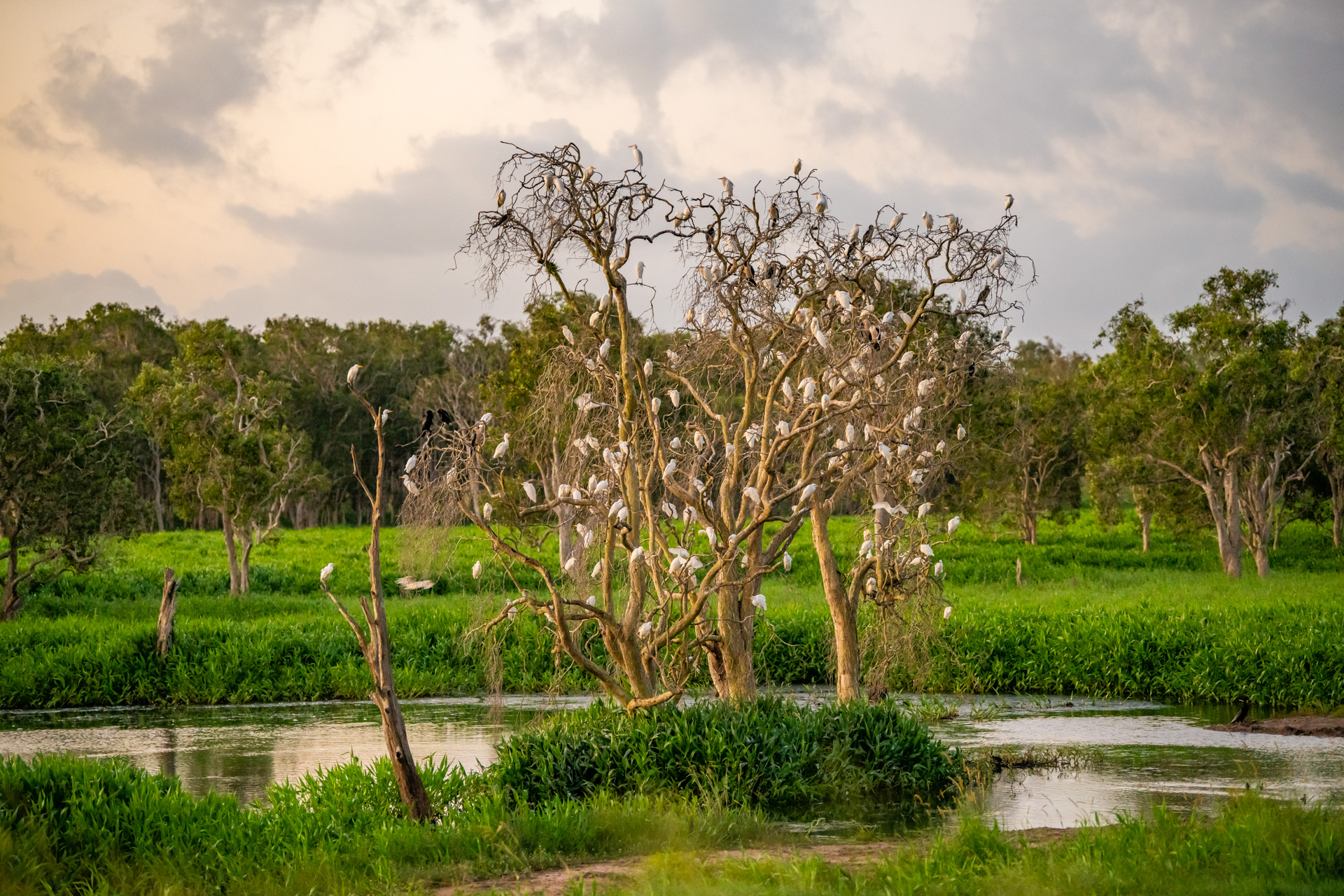|
|
RoostingRoosting is defined as the act of settling down for rest or sleep[8] and is commonly referred to when bats or birds settle or congregate for rest. In wetlands, roosting is an important process for individuals and flocks of shorebirds, seabirds, other waterbirds and bats for periods of sleep, rest, digestion and preening. When numbers of congregated animals at roosting sites are significant, the activity can have an indirect impact on the surrounding environment through associated deposition, fertilisation and pollination processes. Roosting shorebirds in coastal environments need to wait for the tide to go out and intertidal flats for feeding to become exposed again. The birds usually return in tight flocks (aggregation) in places that are habitually used for the purpose of roosting, offering “safety in numbers” from predation[6]. Many birds use the upper beach area, but rocks, rock-walls, trees and other features can also be used by some species. Roosting can also occur in supratidal areas (those never flooded by seawater) including saltpans, claypans, freshwater wetlands or at artificial structures such as aquaculture or dredge spoil ponds[6]. Limitations on good quality roosting sites in a region can limit the number of shorebirds using nearby areas for feeding[7]. Shorebird roost sites are also used by other waterbirds in coastal areas such as for example terns, gulls, herons, pelicans, spoonbills and cormorants and can offer breeding habitat for some species[6]. Predation avoidance is key at roost sites and excessive disturbance when roosting is detrimental due to loss of energy caused by repeatedly taking flight[6]. Birds congregated at roost sites provides an excellent opportunity for monitoring and counting. Seabirds returning to their roosting and breeding habitat from marine feeding grounds can transfer and deposit significant amounts of marine derived nutrients, thereby chemically altering their roosting site. This type of impact is particularly relevant in nutrient poor coastal islands in supporting vegetation, function and resilience[5][1]. This can however, also have negative consequences from excessive deposition causing dead zones, or introduction of pollutants[5]. For example, research has found that seabird colonies can act as sinks for plastic debris[4]. Similarly to birds, flying-foxes (a type of bat) return to certain locations to roost and have an affinity to aggregate in groups[2]. For colony forming bats, the environment in and surrounding the roosting site can similarly be altered through deposition, and can result in the need for specific management frameworks. Flying foxes also play an important role in dispersing seeds and pollinating flowering plants[3]. Additional linksManaging for ecological requirements - Roosting (Department of Environment, Science and Innovation) Coastal high-tide shorebird habitat management guidelines Literature review: Management of non-tidal ponds for shorebirds Literature Review: Importance of Artificial Roosts for Migratory Shorebirds Living things (biota) (Department of Environment, Science and Innovation) Importance of flying-foxes | Environment, land and water | Queensland Government References
Last updated: 16 October 2023 This page should be cited as: Department of Environment, Science and Innovation, Queensland (2023) Roosting, WetlandInfo website, accessed 25 June 2024. Available at: https://wetlandinfo.des.qld.gov.au/wetlands/ecology/processes-systems/roosting/ |

 — Department of Environment, Science and Innovation
— Department of Environment, Science and Innovation


